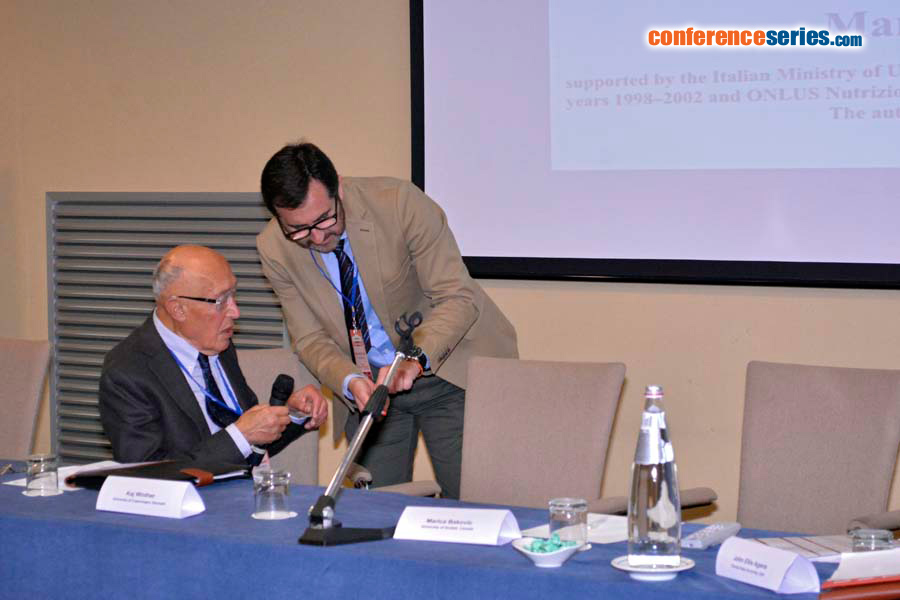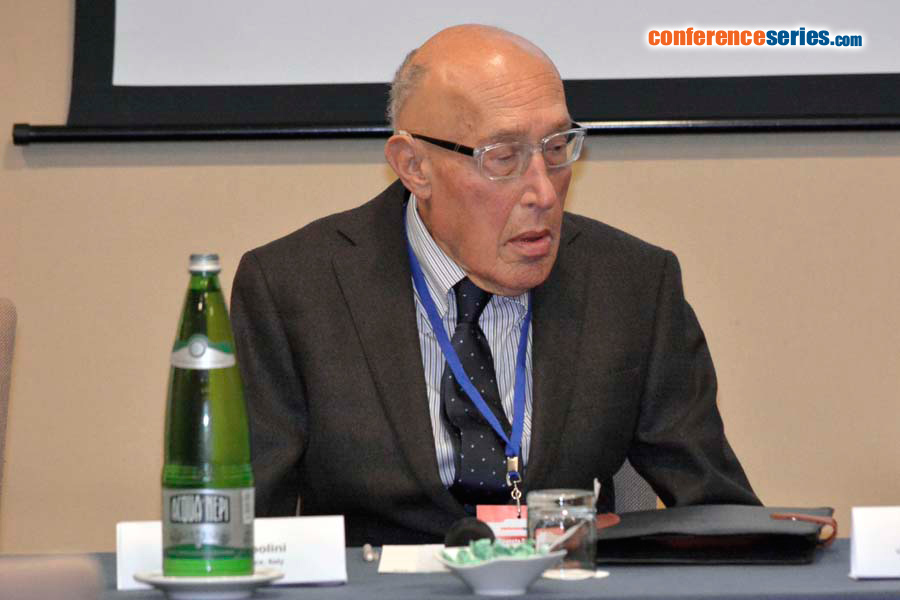
Mario Ciampolini
University of Florence, Italy
Title: Learning the recognition of Initial Hunger (IH)
Biography
Biography: Mario Ciampolini
Abstract
Background: The will to eat is a decision associated with conditioned responses and with unconditioned body sensations that reflect changes in metabolic biomarkers. The body feelings described as hunger have often components that are conditioned by time, social behavior and sight of food. Blood glucose is a biomarker of current energy availability and of hunger. Extensive rat and human studies showed that blood glucose declines coincided with spontaneous feelings of hunger, with metabolic insufficiency and meal initiation. Objectives: Investigating whether the decision to eat can be delayed until blood glucose is allowed to fall to low levels, when feeding behavior is (mostly) unconditioned. Methods: 7-week pilot study was carried out. 158 adults suffering from diarrhea, abdominal pain, and dyspepsia were recruited and randomized to experimental (trained; n=80) and control (untrained; n=78) groups. Subjects of experimental group were trained to ignore meal times and to pay attention to their earliest sensations of hunger or discomfort, so to measure glucose concentrations (blood glucose, BG) with glucometer. They were instructed to associate their sensations of hunger with BG value. The control group followed their normal routine. In the final investigative session (after compilation of a 7 days dairy) all patients were asked to estimate their preprandial BG and a blood sample was taken to measure BG through a glucose autoanalyzer. Results: At the end of the 7-week training period, estimated and measured glycemic values were found to be linearly correlated in the trained group (r=0.82; p=0.0001) but not in the control (untrained) group (r=0.10; p=0.40). Fewer subjects in the trained group were hungry than those in the control group (p=0.001). The 18 hungry subjects of the trained group had significantly lower glucose levels (80.1±6.3 mg/dL) than the 42 hungry control subjects (89.2±10.2 mg/dL; p=0.01). Moreover, the trained hungry subjects estimated their BG (78.1±6.7 mg/dL; estimation error: 3.2±2.4% of the measured BG) more accurately than the control group (75.9±9.8 mg/dL; estimation error: 16.7±11.0%; p=0.0001). In addiction the estimation error of the entire trained group (4.7 ± 3.6%) was significantly lower than that of the control subjects (17.1±11.5%; p=0.0001). Conclusion: Patients could be trained to accurately estimate their blood glucose and to recognize their sensations of initial hunger at low glucose concentrations. These results suggest that it is possible to learn a behavioral distinction between unconditioned and conditioned hunger, and to modulate intake to achieve three IH arousals per day.
Speaker Presentations
Speaker PPTs Click Here


